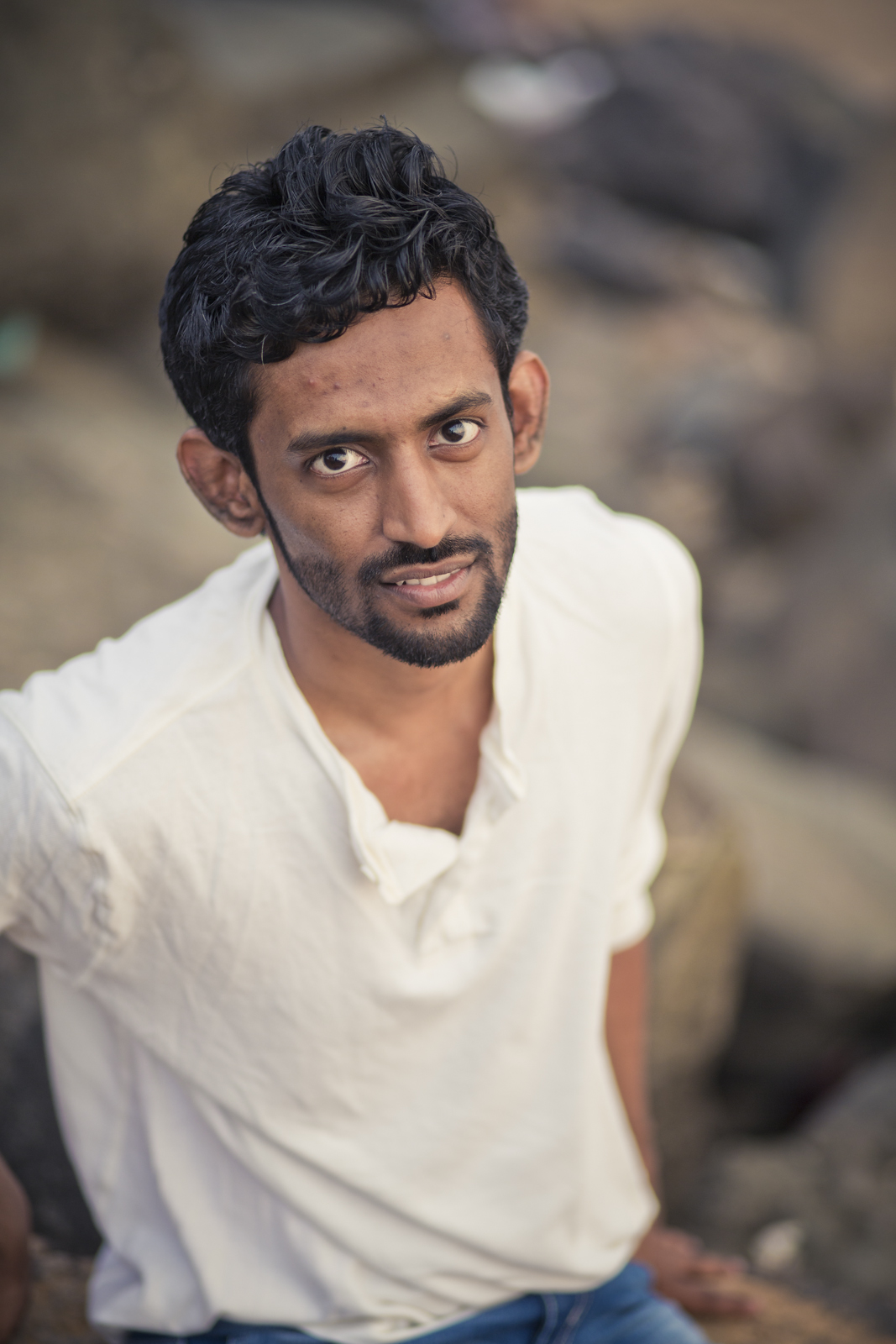Teaching
- Fall 2017, Fall 2018: I taught the undergraduate Network Theory course.
- Spring 2017: I designed and taught a new graduate course titled Science of Information, Statistics, and Learning at IIT Bombay. The course took a multidisciplinary view to developments in Machine Learning.
- Spring 2015: I taught a graduate course titled "Abstract Nonsense
and its Applications" at TIFR. This was a second course on Category Theory with
a focus on Monoidal Categories and their applications to physics,
computer science, and systems theory. We followed the textbook
Categories for the Working Mathematician by Saunders MacLane, and then
continued with class presentations by students of some assigned papers.
- Fall 2014, Fall 2015: I taught linear algebra, set theory, and combinatorics as part
of the "Mathematical Foundations for Computer Scientists" course at TIFR. This
is a compulsory course for incoming graduate students. For linear
algebra, we used the book "Linear Algebra Done Right" by Axler. For set
theory, we used the book "Sets for Mathematics" by Lawvere and
Rosebrugh. For Combinatorics, we used the book "Extremal Combinatorics" by Jukna.
- Spring 2013: I taught a graduate course on the "Stochastic
Thermodynamics of Computation" at TIFR The course covered the emerging subject
of stochastic thermodynamics. One of the references was this wonderful review of the field by Udo Seifert. We focused mostly on finite state spaces (finite Markov chains). There were also some overlaps with the BioBytes Seminar I had run previously.
- July 2011: Doctor Logic and Mr. Fantasy,
a talk I gave as part of TIFR's "Chai and Why"
series of
science
popularization talks. I explain Cantor's diagonal argument to prove
that there are more real numbers than rational numbers, through the
medium of the Ramayana.
- Fall 2011: I taught linear algebra and set theory as part
of the "Mathematical Foundations for Computer Scientists" course. This
is a compulsory course for incoming graduate students. For linear
algebra, we used the book "Linear Algebra Done Right" by Axler. For set
theory, we used the book "Sets for Mathematics" by Lawvere and
Rosebrugh.
- Spring 2011: I conducted the BioBytes Seminar.
The intent of the seminar was to cover a mix of topics at the
intersection of computer science and biology.
- Fall 2010: Foundations of Nanoscience, a graduate course I
taught in the mathematics department of Duke university. The course was
largely based on a course on biomolecular computation taught by Erik
Winfree at Caltech.
- Fall 2009: Graduate
seminar in algorithms and complexity.
